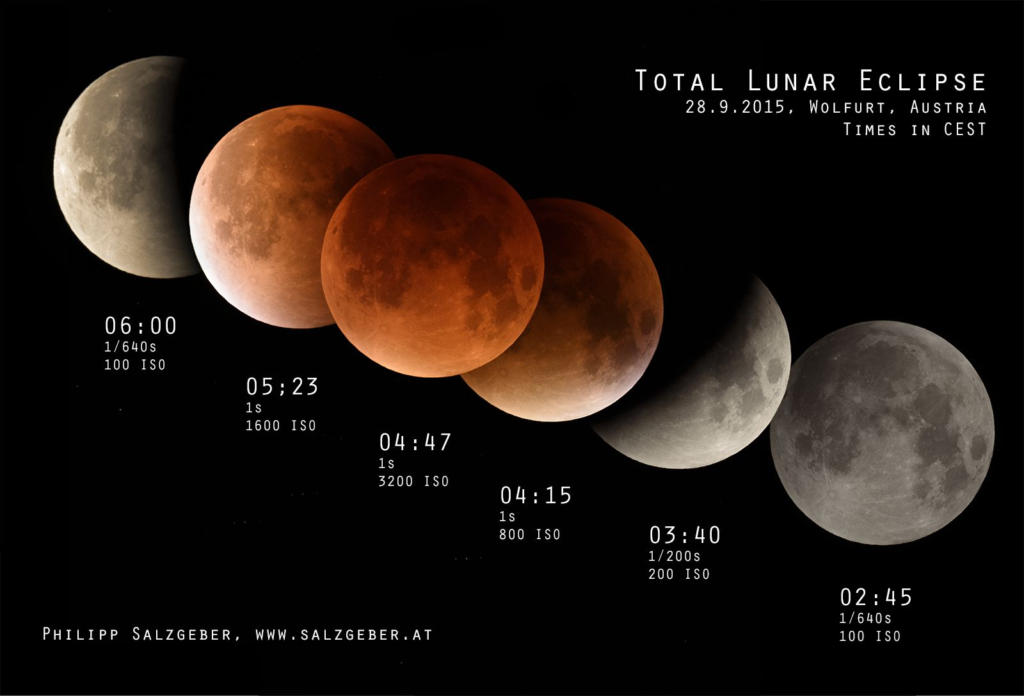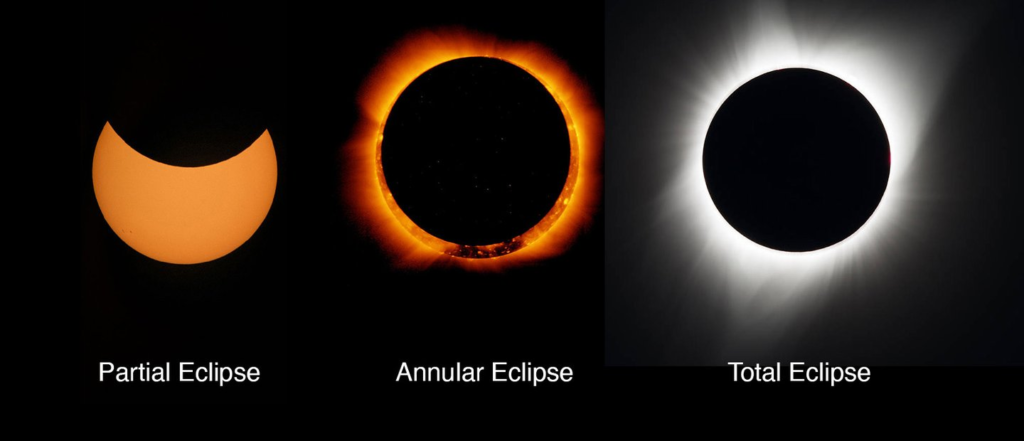Lunar eclipse is one of the most captivating astronomical events you can experience without any special equipment. As the moon moves into the Earth’s shadow, it takes on a reddish hue that can be seen with the naked eye. While the eclipse can be visible from many locations, some places offer a far better experience than others.
In this guide, we explore the best places to watch total lunar eclipse USA tonight. Whether you’re a casual skywatcher or a dedicated astronomy fan, choosing the right location can greatly enhance your viewing experience.
What Makes a Location Ideal for Eclipse Watching
Not all locations are created equal when it comes to watching a lunar eclipse. Here are a few things to consider when picking your spot:
- Clear skies with minimal cloud cover
- Low levels of light pollution
- An open horizon, especially toward the east or west
- Higher elevations or rural areas
- Comfortable surroundings and safe access
If you’re lucky enough to live near one of these ideal locations, or can travel there, you’re in for a memorable night.

Total Lunar Eclipse Viewing Conditions Across the U.S.
Lunar eclipses are visible from any place on Earth where the moon is above the horizon during the event. In the United States, nearly the entire country will be able to see the eclipse, but visibility and weather will vary.
Timing
Most total lunar eclipses occur over several hours. The key moments include:
- Penumbral phase: slight dimming of the moon
- Partial eclipse: Earth’s shadow starts to cover the moon
- Totality: the entire moon is inside Earth’s shadow and turns red
- End of totality and return to full moon
Weather and Skies
Clear skies are essential. Check your local weather forecast. Western and Southwestern regions of the U.S. typically offer drier skies with less cloud cover.
Best Places to Watch the Total Lunar Eclipse by Region
Here’s a list of some of the most recommended places across the United States to catch the lunar eclipse, organized by region.
West Coast
Mauna Kea, Hawaii
One of the best astronomical viewing locations in the world. With high elevation and clear skies above the clouds, Mauna Kea provides a breathtaking experience.
Joshua Tree National Park, California
Famous for its dark skies and surreal desert landscape, this park is a favorite for night-sky photographers and eclipse watchers alike.
Southwest and Mountain West
Sedona, Arizona
The red rock scenery of Sedona creates a unique foreground for the eclipse. The area’s high elevation and dry climate often provide excellent visibility.
Great Sand Dunes National Park, Colorado
Open spaces, clear skies, and towering sand dunes make this park a top pick. You’ll enjoy both the celestial and natural scenery.
Midwest
Badlands National Park, South Dakota
This rugged terrain with little light pollution allows for dramatic views of the eclipse and the night sky.
Flint Hills, Kansas
Wide open prairies and low population density make this area one of the best in the central U.S. for clear lunar views.
East Coast
Shenandoah National Park, Virginia
With its elevated lookouts and wide mountain views, Shenandoah is a great spot for a peaceful and scenic eclipse-watching experience.
Outer Banks, North Carolina
Watch the eclipse rise over the Atlantic Ocean from the sandy shores. These barrier islands offer minimal urban light and wide-open skies.
What to Bring for a Great Eclipse Experience
Watching an eclipse can be magical, but preparation makes it even better. Here’s a short checklist of what to bring:
- A blanket or reclining lawn chair for comfort
- Warm clothing or layers for cooler nighttime temperatures
- Snacks and water
- A flashlight with red light (to preserve night vision)
- Binoculars or a telescope for a closer look
- A tripod and camera for photography
Photography Tips for Capturing the Eclipse
Photographing a lunar eclipse is possible with just a decent camera and a little planning.
- Use a DSLR or mirrorless camera with a zoom lens
- Start with manual settings: ISO 400–800, aperture f/8, shutter speed around 1/125s
- Use a tripod for stability
- Focus manually to get sharp images of the moon
- Try bracketing exposures to get a range of light and dark versions
- Avoid using flash or bright lights around your setup
Even if you’re not into professional photography, a simple smartphone on a tripod can still get decent shots with the right settings.

Step-by-Step: What to Expect During the Eclipse
Understanding the eclipse phases can help you plan your viewing and photography.
- Penumbral Eclipse Begins
The moon starts to dim, though the change is subtle. - Partial Eclipse Begins
A noticeable shadow appears on the moon’s surface. - Totality Begins
The entire moon turns reddish-orange as Earth’s shadow fully covers it. - Maximum Eclipse
The peak of the event where the moon is deepest in Earth’s shadow. - Totality Ends
The moon begins to brighten again as it leaves the full shadow. - Partial Eclipse Ends
The last shadow moves off the moon. - Penumbral Eclipse Ends
The moon returns to its normal brightness.
The full eclipse may last several hours, with totality itself lasting from 30 minutes to over an hour.
Final Thoughts
Watching a lunar eclipse is a unique experience that doesn’t require expensive gear or scientific knowledge. Choosing the best places to watch total lunar eclipse USA gives you the best chance at witnessing this natural wonder in full glory.
Whether you’re heading to a national park, relaxing in your backyard, or driving a short distance from city lights, this event brings people together under the same sky. Make it memorable by preparing well, choosing the right location, and taking time to simply enjoy the show.
Clear skies and happy watching.
Do Follow USA Glory On Instagram
Read Next – California Wildfires: Public Response, Health Risks & Social Media Impact






